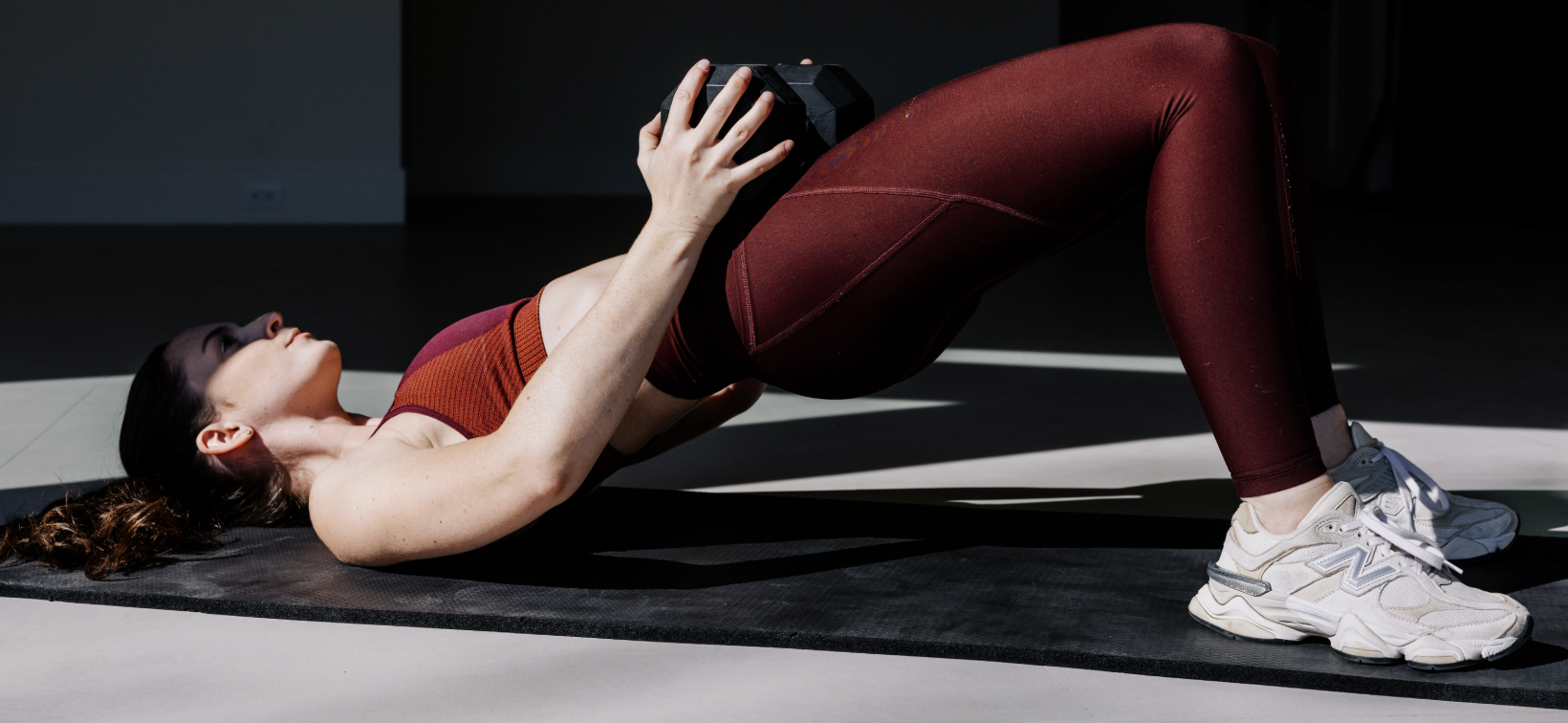Working Out 101: Common Training Terms
If you're new to the Moves App or just starting out on your fitness journey, familiarizing yourself with common workout terms is a great place to begin. From the adrenaline-pumping intensity of HIIT to the steady pace of LISS, and the structured challenges of circuits, supersets, EMOM, and AMRAP, each term brings its own unique approach to achieving your fitness goals. What even IS progressive overload? Let's dive into the world of workout terminology and uncover what these terms mean for your sweat sessions.
HIIT
High Intensity Interval Training
HIIT is the most challenging aerobic activity – you’ll be pushing yourself out of your comfort zone for short bursts of time. The goal is to elevate the heart rate by going all out for a short amount of time, then bring the heart rate down by fully resting for an allotted time. Think running sprints, biking sprints, jump rope, rower, burpees, dancing, jumping jacks, etc.
LISS
Low Intensity Steady State Cardio
The opposite of HIIT! LISS is low to moderate intensity aerobic activity. The goal is to elevate your heart rate slightly and allow it to get into a fat burning zone. Think walking, cycling, elliptical, swimming, light jogging, walking your dog, etc. Your heart rate should be around 65-100 bpm.
Circuit
A circuit is a group of three or more exercises that you complete back to back for a certain number of rounds. After completing all of the exercises and prescribed reps once, you will rest and then repeat the block of exercises again. You repeat this process for the allotted number of rounds. Example:
- Round 1: Exercise A > Exercise B > Exercise C
- Round 2: Exercise A > Exercise B > Exercise C
- Round 3: Exercise A > Exercise B > Exercise C
Superset
A superset is two exercises performed back to back. The pattern in which you move through a superset is similar to how you move through a circuit. You’ll complete round 1 of exercise 1, round 1 of exercise 2, then rest. Repeat that pattern for the allotted number of rounds.
EMOM
Every Minute on the Minute
This is a type of circuit that indicates a timed challenge. You will perform the specified reps for the exercise at the beginning of each new minute. For the portion of the minute that is not used after you complete the reps, you get to rest before the next exercise and next minute. If the exercise is unilateral (Reverse Lunge w/ Curl to Press) you will complete both sides in the same minute and have the remainder of the time to rest). If you are not able to complete the intended reps in the minute, simply move on to the next exercise in the circuit and the next minute with no rest. The circuit is still performed from top to bottom, 1 set per round.
EXAMPLE: 10 bicep curls in minute 1
If this takes you 30 seconds, you get 30 seconds to rest before moving on to the next exercise when the next new minute begins. When minute 2 starts, you will start the next exercise. I like to just let my phone stopwatch run, but you’ll find a method of keeping time that works best for you.
AMRAP
As Many Rounds as Possible
This will be a block of exercises that you complete back to back for as many rounds as possible during the allotted time.
For example: if given AMRAP 10, you will complete the given circuit as many times as possible in 10 minutes. Your goal is to take as little rest as possible, without compromising form by hurrying through the exercises.
What is Progressive Overload?
Incorporating the principle of progressive overload into your strength training regimen can significantly enhance your fitness journey. By progressively increasing the intensity of your workouts through heavier weights, additional repetitions, or extra sets, you stimulate muscle growth and strength development. This approach yields various benefits, including increased muscle mass and enhanced resistance. When implementing progressive overload, there are several approaches to consider. You can opt for adding weight, increasing repetitions, or incorporating extra sets to challenge your muscles further. Alternatively, reducing rest intervals between sets or focusing on slower, controlled movements can also intensify your workouts. Regardless of your fitness level, integrating these strategies into your routine can lead to continuous improvement and maximize your results.
Read more about the ways to incorporate progressive overload in our article "What are the Different Types of Progressive Overload?"
As you delve deeper into your fitness journey with Moves App, mastering these common workout terms and concepts will empower you to approach your workouts with confidence and clarity. And don't forget! Moves App has built in education and cues from our experts, giving YOU the tools to learn and challenge yourself in your workouts. Whether you're pushing through the intensity of HIIT sessions, embracing the endurance of LISS routines, or challenging yourself with circuits, supersets, EMOM, and AMRAP challenges, understanding these terms lays a strong foundation for your progress. Remember, consistency and effort are key as you work towards your fitness goals. So, lace up those sneakers, fire up the app, and let's continue this journey towards a stronger, healthier you!




